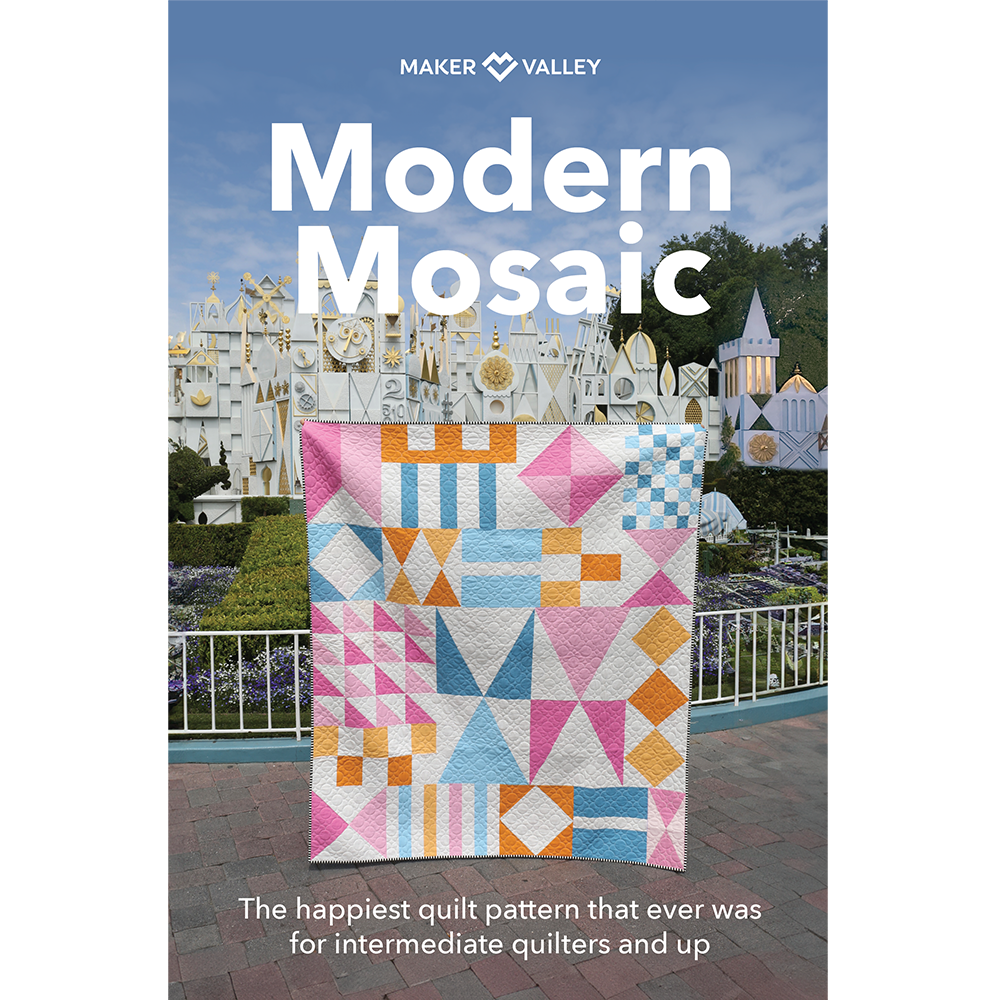Mastering Color Value in Quilting
Hello, my quilty friends!
Let’s talk about something that can totally make—or totally muddle—your quilt design: color value. Not to be dramatic, but understanding value might just change your quilting life. (Okay, yes. I am being dramatic. But still. It’s that important.)
I used to think if the fabric was cute, my quilt would be cute. Easy math, right? But then I started making blocks that looked like... nothing. Like, you couldn’t even see the pattern. It was just a blur of fabric. That’s when I met my frenemy: value. And once I started paying attention, everything changed.
What Is Color Value, Anyway?
Color value is just a fancy way of saying how light or dark a color is. That’s it. It’s not about the actual color—it’s about how much contrast it has. Think of a grayscale photo. A pale yellow and a pale pink might be totally different colors, but they could have the same value if they’re both light. Same goes for navy and charcoal—they’re different colors but might both read as “dark.”
In quilting, value is what gives your quilt pattern shape and definition. Without enough value contrast, your design elements can just disappear into the background.
Why Value Matters More Than Color
Here’s a wild truth: a quilt made entirely out of beige, gray, and white can look way more dynamic than a quilt made with a rainbow of colors—if the neutrals have strong value contrast. Why? Because our eyes read value before we read color. So even the prettiest prints can fall flat if there’s not enough light-dark variety.
Value creates movement, dimension, and clarity. It’s what makes a star block shine or a churn dash stand out. Think of it like this: color is the personality; value is the structure.
How to Test Value (a.k.a. the Phone Trick)
One of my favorite quilting hacks: take a photo of your fabric pull, and turn it to black-and-white. This helps you see the value without being distracted by the actual colors.
If all the fabrics turn out to be the same shade of gray in the photo, guess what? They’re the same value—even if they look super different in color.
If some turn nearly white and some turn almost black, congrats! You’ve got a good value range.
Pro tip: On most phones, you can edit a photo and apply a grayscale filter—or just turn on the “mono” filter in your camera app if you’re feeling fancy.
How to Use Value in Quilt Design
Here’s how I like to break it down:
1. High Contrast: Use light vs. dark fabrics in the same block for a bold, graphic look. Think black and white, or navy and cream. Great for modern designs or patterns with lots of negative space.
2. Medium Contrast: Pair lights with mediums or mediums with darks. This gives a softer, more blended feel without losing all the definition. Think cozy cottage vibes or scrappy quilts.
3. Low Contrast: All the fabrics are about the same value. This creates a subtle, dreamy effect—but be careful. Too little contrast and your quilt might feel flat. Try using texture, scale, or a pop of accent color to keep things interesting.
Final Thoughts
Color value is one of those things that sounds super technical, but once you see it in action, you feel it. It’s what turns a pile of fabric into a quilt that sings. So don’t be afraid to play around, squint at your fabric, take phone photos, or even make a little value study block before you dive into a big project.
And remember: your quilt doesn’t have to be perfect to be beautiful. But when you get your values lined up just right? Chef’s kiss.
Happy making,
🩵 Holly






Leave a comment
This site is protected by hCaptcha and the hCaptcha Privacy Policy and Terms of Service apply.